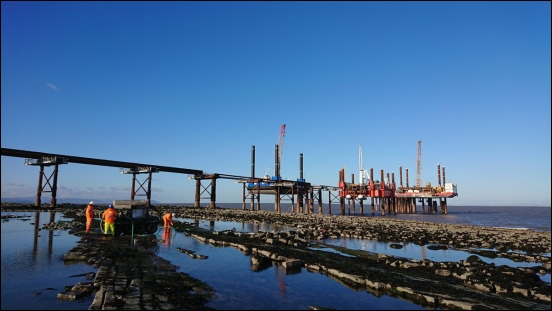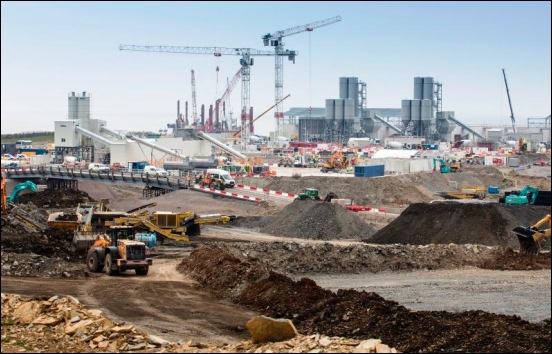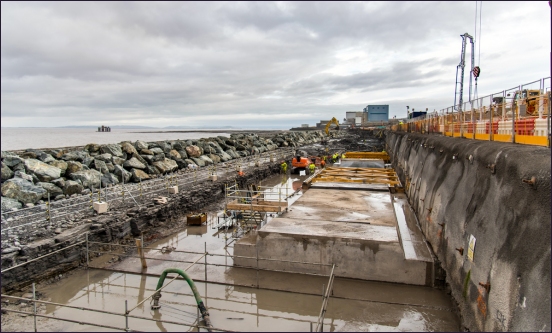The Stop Hinkley campaign group has written to the Office for Nuclear Regulation to express concern about recent reports that the area could be heading for a sea-level rise of as much as 6 metres during the lifetime of the Hinkley Point C power station.
Some researchers claim sea levels could rise by six metres or more even if the 2 degree target of the Paris accord is met.
It’s claimed that sustained warming of one to two degrees in the past has been accompanied by substantial reductions of the Greenland and Antarctic ice sheets and sea level rises of at least six metres – several metres higher than what current climate models predict could occur by 2100.

Stop Hinkley Spokesperson Allan Jeffery said this week: “Hinkley Point C is expected to have a 60 year life, which will take us to almost 2090. After the last load of highly radioactive spent fuel is removed from the reactor it will need to be cooled for at least another 60 years. That means the site needs to be kept safe from flooding and storm surges until at least 2150.”
He added: “While the prospect of a dip in the sea might be appealing during this heatwave, having the sea encroach into coastal nuclear plant would be a disaster.”
“When there is so much uncertainty about sea levels and storm surges over the next 125 years do we really want to be building new nuclear facilities and highly radioactive waste stores on the coast?”

However, EDF spokesman Gordon Bell told Burnham-On-Sea.com: “Hinkley Point C is designed to be secure against natural hazards including tides, storm surges and tsunamis. To protect the station from such events, the level of the site is 14 metres above sea level, behind a sea wall which is 13.5 metres tall.”
“Sea level rise as a result of future climate change has also been assessed and as a result, an allowance has been calculated to cover the full operating lifetime of the station.”
“In addition, the station has been designed to withstand flooding with multiple layers of defence on and off the site.”







